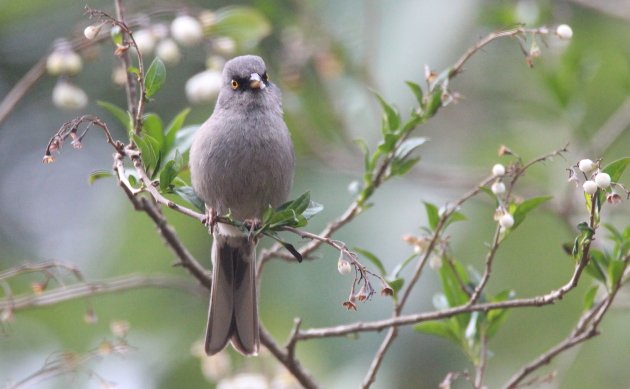
When I was a young man growing up in Northern California, I thought I knew all about Juncos. Juncos are cute little woodland sparrows. They have dark eyes set in darkly colored heads, are quite attractive, and have a gentle disposition.
Then I moved to central Mexico, where I discovered that Juncos are actually crazed psychopaths who are clearly plotting your death. They may appear to be foraging, or singing from a post, but they are actually deciding how to make your final breath as painful as possible.
It was like remembering a beloved childhood toy, and finding out it was actually Chucky the Demonic Doll.
The difference, of course, was all in the eyes. Juncos in most of Mexico are of the Yellow-eyed Junco species. In Spanish they are called the Junco Ojos de Lumbre, or Bonfire-eyed Junco. And no matter how they look at you, those eyes make them look just plain evil. Which is, in fact, their chief charm.

It has always amused me that such an innocuous little bird could look so threatening. Sure, hawks and owls can look like they are trying to figure out what sauce would taste best on you, but juncos?
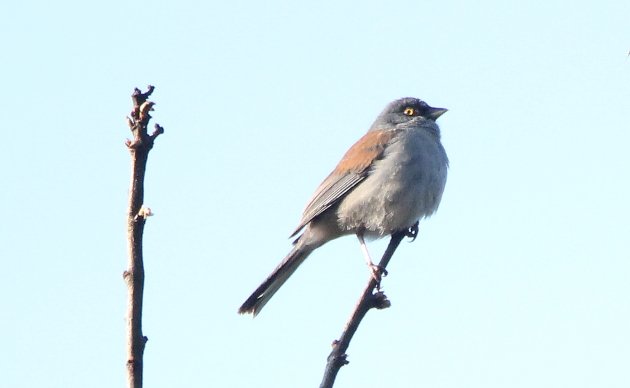
To their credit, Yellow-eyed Juncos aren’t born looking evil. Immatures look almost friendly. And occasionally, only so very occasionally, the adults manage to look a bit goofy rather than dangerous. But it doesn’t happen very often.
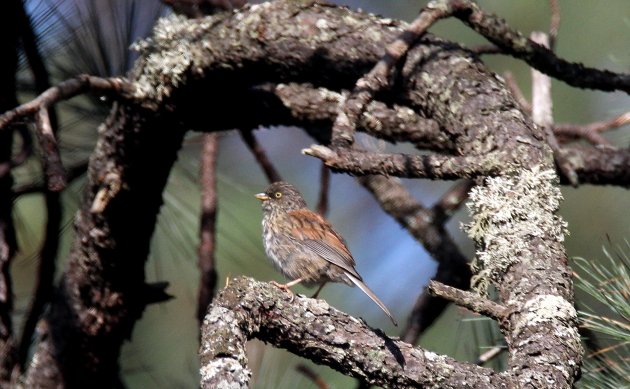
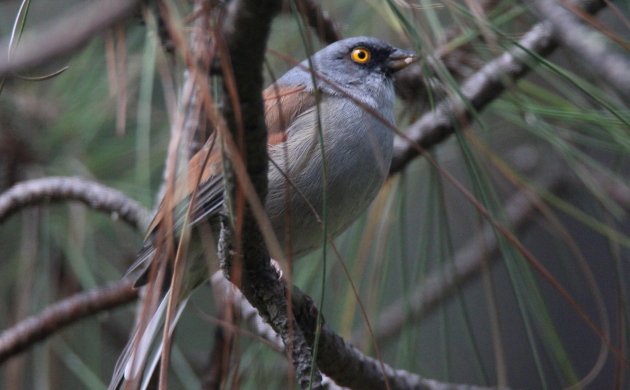
But, for the most part, they just look like the little avian assassins they really are.
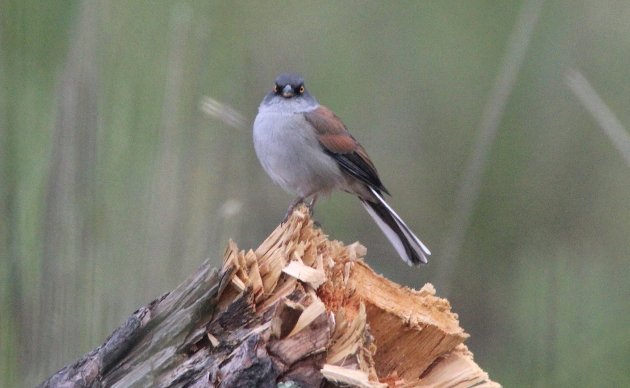
So, if tonight you have trouble sleeping, please don’t blame me. Blame it on those crazy eyes.












Leave a Comment